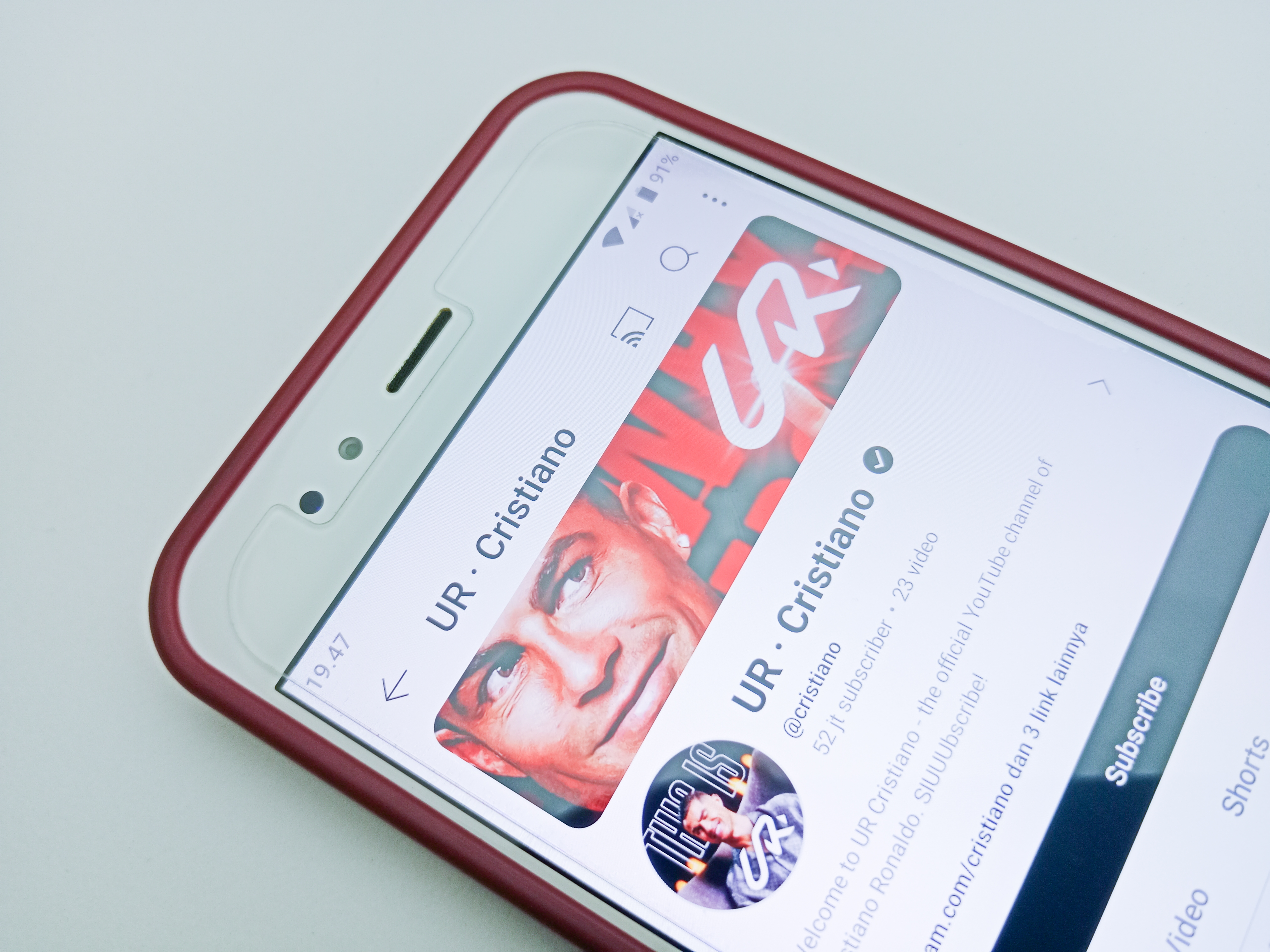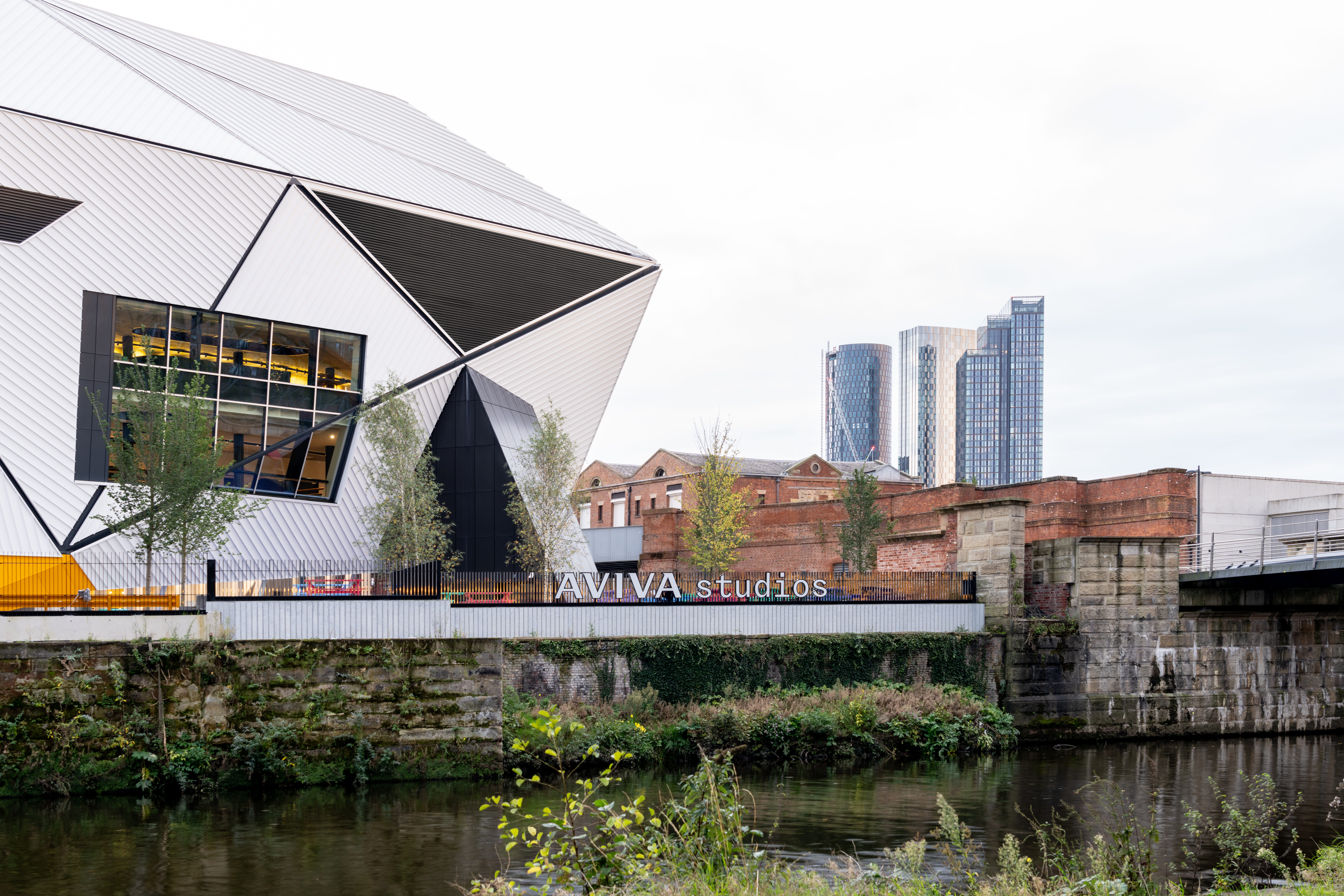The new era of athlete sponsorship: From social media to broadcast powerhouses

Over 60 million people have subscribed to Cristiano Ronaldo’s YouTube channel in the last three weeks. It’s no longer just a social media presence; it’s a global broadcast platform.
This represents an unprecedented opportunity for brands to gain unfiltered access to a highly engaged global audience. However, success requires a thoughtful and creative approach. To learn more, The Sponsor spoke with Steve Martin, Founding Partner at MSQ Sport and Entertainment, to explore how brands can tap into this trend and what they should consider before entering the space.
The athlete-driven content shift
Traditionally, athletes engaged with fans through brief social media posts or orchestrated brand partnerships. But with platforms like YouTube, they now have the opportunity to build a deeper connection with their audience through long-form content. As Steve Martin explains, "Athletes are taking their brands into their own hands more than ever. This shift allows them to manage their own narratives rather than relying solely on brands or sponsors to communicate on their behalf."
Martin also highlighted how in the past valuable behind-the-scenes footage would often be left on the cutting room floor. “We were shooting 30-second TV ads, but we’d have four or five hours of great footage with athletes that went unused. Now, platforms like YouTube allow athletes to repurpose that great behind-the-scenes content, offering brands a fresh way to engage through consistent, authentic material that goes beyond traditional sponsorship touchpoints.”
Why should brands consider partnering?
1. Unfiltered access to a global audience: Channels like Ronaldo's and Bellingham's allow brands to tap into highly engaged global audiences. Ronaldo’s 59.8 million subscribers turn his channel into more than just social media—it’s a global broadcast platform. “Ronaldo’s YouTube channel has become a global broadcast channel, not just a social media platform,” says Martin. With this level of reach, brands can align with talent that commands attention across multiple markets.
2. Deeper fan engagement: As Martin points out, the value lies in showcasing behind-the-scenes content, offering fans an unfiltered view of the athlete’s life. This kind of unscripted access allows brands to appear more authentic by associating themselves with genuine moments. It's not just about sponsoring an athlete's image—it's about being part of their journey, connecting to fans in a way that feels more personal.
3. Regular, high-quality content: Successful YouTube channels rely on a consistent content schedule, which means brands have the opportunity for regular exposure. As Martin explains, “To make a YouTube channel successful, there has to be a regular drumbeat of content. Brands can benefit by being part of this steady stream, rather than just occasional appearances."
Key considerations for brands
While the potential for engagement is vast, there are important considerations brands need to take into account:
1. Authenticity is key: YouTube content is less polished and more personal than traditional ads, which means brands need to ensure their involvement feels organic. Martin highlights that brands should "weave their story in editorially and credibly" to avoid being perceived as a purely commercial player. Fans will quickly reject partnerships that feel forced or out of place.
2. Align with the athlete’s audience: The audience for YouTube content often skews younger, especially with platforms like Ronaldo's and Bellingham's. This is an opportunity for brands targeting Gen Z, but it’s crucial to ensure that the brand’s messaging and products resonate with this demographic. According to Martin, “YouTube is gravitating toward a younger, more Gen Z-focused audience, and brands need to adapt their content style accordingly.”
3. Commit to longevity: Sponsorship on YouTube is not a short-term play. To create real impact, brands need to commit to long-term involvement. Martin advises that, "A successful YouTube strategy requires fresh content and consistency." Brands must be prepared for ongoing collaboration, as sporadic appearances may not generate significant returns.
Risks to be aware of
Like any new channel, there are risks to consider:
Content Saturation: As more athletes follow in Ronaldo and Bellingham’s footsteps, brands may face a crowded marketplace of similar content. Standing out will require creative thinking and ensuring that the brand’s voice remains distinct amid a sea of potential athlete partnerships. As Martin cautions, “With many athletes sure to follow creating their own behind-the-scenes YouTube channels, the challenge for brands will be differentiation.”
Maintaining Quality: The pressure to produce regular content can lead to a dilution of quality over time. For brands, this could mean being associated with content that feels repetitive or uninspired. “Keeping content fresh is essential,” says Martin. Brands need to work closely with athletes and their teams to ensure the channel remains engaging for viewers.
Practical tips for brands
1. Start small and scale: Brands can begin by testing the waters with smaller collaborations or ad placements before committing to larger partnerships. This allows for adjustments and learning before scaling up.
2. Collaborate on content creation: Work with the athlete’s team to co-create content that aligns with both the brand’s values and the athlete’s personal brand. This ensures the partnership feels authentic to viewers.
3. Think beyond ads: Explore other ways of integrating with the athlete’s content, such as product placements, challenges, or behind-the-scenes looks that incorporate the brand naturally.
Athlete-driven YouTube channels represent a new frontier for brand sponsorship, offering unprecedented access to global audiences and deeper engagement opportunities. But to succeed, brands must prioritise authenticity, commit to regular involvement, and ensure their messaging aligns with the evolving digital landscape. As Steve Martin concludes, “Brands that succeed will be those willing to embrace a long-term vision and adapt alongside athletes as they explore this new content space. It’s not about instant returns, but building authentic, lasting connections.”









